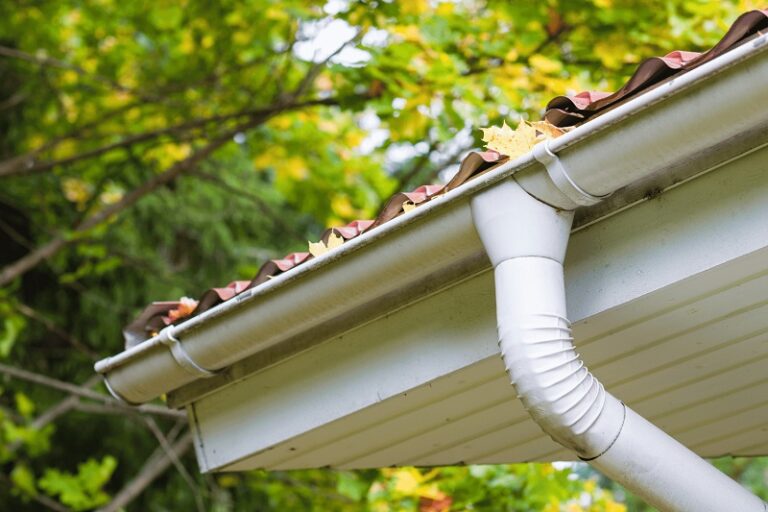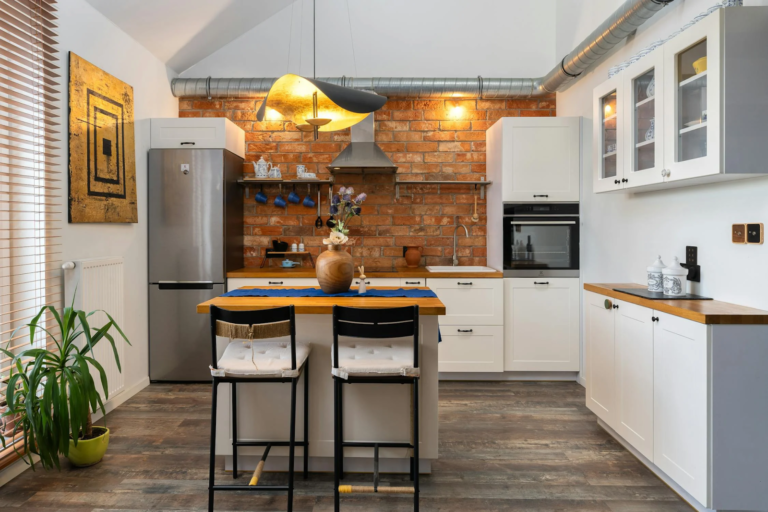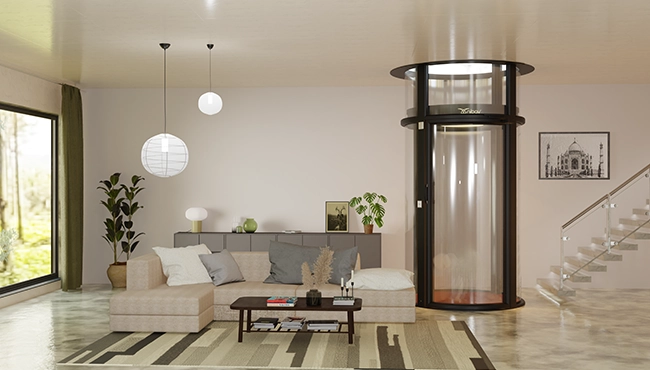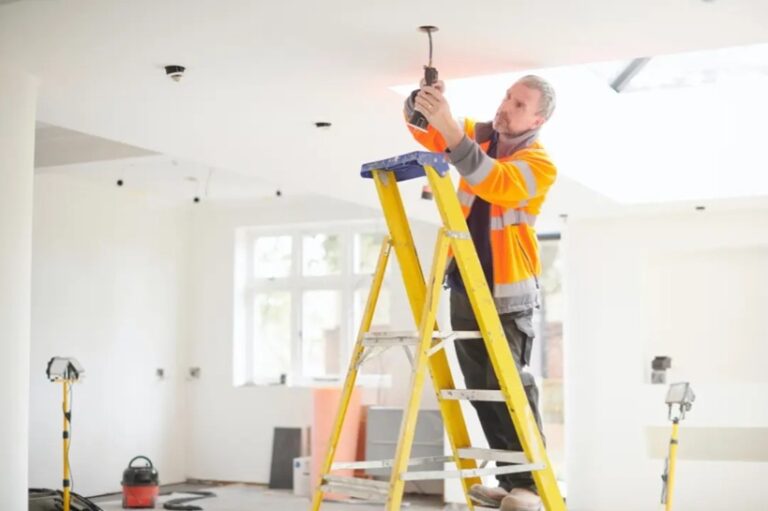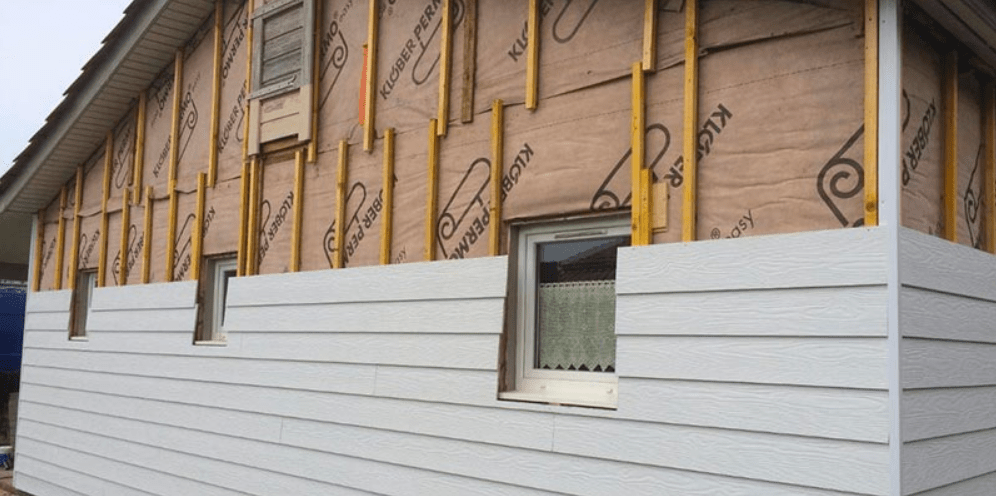
Are cold spots and drafts on your walls reducing the comfort in your house?
These are only a few of the issues caused by inadequate to nonexistent insulation in the outer walls of the house. Other difficulties include, among others, exorbitant energy costs, moisture issues, and drafts entering via outlets.
Here are some of the issues your building may encounter when you don’t use insulation services on your exterior wall.
Risks associated with moisture in the external walls
Your walls may have little or no insulation, which might let moisture into the wall hollow. Mold and mildew can start to grow and pose a health risk if moisture does manage to seep inside. Making sure that your wall cavity is filled with insulation is the easiest way to resolve this problem. The best choice for existing walls that doesn’t involve ripping down drywall is a blown-in or injection foam. In addition to providing the necessary air seal, foam insulation keeps your home cozy and energy-efficient.
Condensation as a result of cold weather
After the ice has thawed, condensation from cold frosts can seep through the external walls. Air leakage from the outside is the cause of this condensation. Mold and mildew can develop more easily and cause decay in the wall if there is little to no insulation in the cavity or if traditional insulation materials are used. Additionally, it might make the paint on your walls bubble and peel.
Fiberglass and cellulose alone cannot completely halt the flow of air. When installing fiberglass in open wall cavities, it is possible to use caulk around the seams and joints of the studs. If you decide to use injection foam insulation for your home, you’ll make a great decision because, once put, it acts as an air barrier.
Cold spots on walls
Is the exterior of your home chilly to the touch? This may occur if the insulation wasn’t put correctly or if insulation in non existent. Cold areas on the walls can cause discomfort in the space and make the furnace run more frequently, which raises energy costs.
An excellent place to begin is to ensure that insulation is placed inside the external wall cavities. While keeping the house more pleasant, creating an air barrier that restricts or prevents the passage of air through the wall will assist save monthly energy costs. Remember to contact an experienced contractor who offers insulation services.

